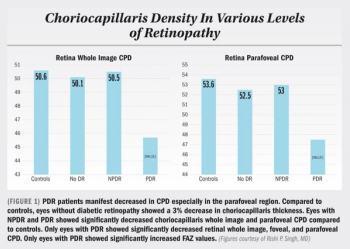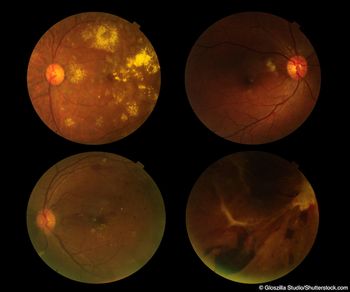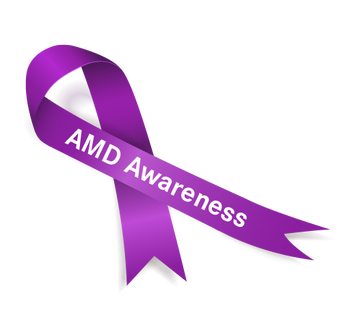
Michelle Dalton, ELS
Articles by Michelle Dalton, ELS


Factoring in that patients require continual and constant monitoring, maintenance

A phase II clinical trial evaluating suprachoroidal CLS-TA used with intravitreally administered aflibercept in patients with diabetic macular edema (DME) over a 6-month evaluation period-has met both primary and secondary endpoints of vision and anatomic improvement.












Although the phase III Chroma and Spectri studies for lampalizumab (Genentech), an investigational compound for the treatment of geographic atrophy secondary to age-related macular degeneration (AMD), failed to meet their primary endpoints, numerous lessons can be learned from the study data.

With the first ocular gene therapy approved in the United States, Szilard Kiss, MD, points out that the gene therapy era for retinal disease has arrived, “and hopefully it will arrive for age-related macular degeneration.”

Using ultrasonic power to actuate a vitrectomy probe (hypersonic vitrectomy) allows for a “smooth steady flow of vitreous into a port that is oscillating at 1.7 million cycles per minute,” according to Carl C. Awh, MD.

Clinical trial data focusing on treatment for age-related macular degeneration (AMD) have been a highlight at many recent ophthalmology meetings. Here are a few of the latest clinical trials that physicians need to be aware.

There is subset of patients with resistant or persistent DME that forms the impetus for new treatment strategies, including next-generation anti-VEGF-A and new classes of drugs. Pravin U. Dugel, MD, outlines a list of potential treatment candidates that may lead that paradigm shift.

Two of the top 10 “most-talked-about” articles in JAMA Ophthalmology are about age-related macular degeneration (AMD). One of the current top 5 “most-read” articles in the American Journal of Ophthalmology is also about AMD. Here are a brief synopsis of those three papers.

The American Academy of Ophthalmology’s Preferred Practice Pattern on Age-Related Macular Degeneration “are based on the best available scientific data as interpreted by panels of knowledgeable health professionals.” These patterns offer solid clinical guidelines for treating and counseling AMD patients.

A well-known dilemma surrounding AMD is that there lacks a universally accepted treatment regimen with anti-VEGF injections. The balance between optimal visual outcomes and treatment burden has led some specialists to embrace the treat-and-extend regimen over monthly treatments.

Since February is designated Age-Related Macular Degeneration Awareness month. For healthcare providers, there are numerous resources available to help promote awareness to patients and to encourage patients to continue (or start) annual visual exams.

Sixteen fellows and residents show just why research in retina is on the cutting edge




Anti-vascular endothelial growth factor (VEGF) remains the gold standard therapy for diabetic retinopathy, but “when treating diabetic macular edema (DME), “about half of the patients treated with VEGF inhibitors do not respond to therapy,” said Tine Van Bergen, PhD, a scientist with ThromboGenics, Leuven, Belgium.

After 12 months of treatment with intravitreal aflibercept injections, both treatment-naïve and pre-treated patients demonstrated visual acuity gains. Visual acuity improvement was higher in treatment-naïve patients.

The FDA recently granted regulatory approval for tocilizumab (Actemra, Genentech), the first approved therapy for the treatment of adults with giant cell arteritis.